Imagine this: It’s a sunny morning in Amsterdam or Copenhagen. Instead of wrestling your kids into car seats and sitting in bumper-to-bumper traffic, you load them into a spacious cargo box, buckle them in, and set off with the breeze in your hair and no emissions behind you.
Welcome to the growing world of cargo bikes, especially the electric cargo bike — a movement that’s transforming family life, urban mobility, and even how we relate to our neighbourhoods.
But let’s be real. These bikes aren’t cheap, and they do take up space. So you might be asking: Is switching to a cargo e-bike really worth it — for your family, your lifestyle, and your wallet?
Let’s break it all down.
Not Just a Bike: Why Families Are Switching to Cargo E-Bikes
What Exactly Is a Cargo Bike?
If you're looking to reduce commuting and delivery costs without sacrificing efficiency — while also improving your overall travel experience — the cargo bike is fast becoming a low-carbon, high-efficiency alternative for both families and businesses across European cities.
Compared to cars, it offers a lower total cost of ownership (TCO), requires no fuel or costly parking, and naturally complies with Low Emission Zone (LEZ) and Ultra Low Emission Zone (ULEZ) regulations. Compared to traditional bicycles, its extended rear rack, large front cargo box, or even stable three-wheeled structure allow for significantly greater load capacity and volume versatility, making it suitable for school runs, local shop restocking, last-mile deliveries, and field service operations requiring tools on the move.
Equipped with electric assist systems, modular accessories, and enhanced safety braking, it combines high manoeuvrability with excellent accessibility — all while dramatically reducing the time and cost of last-mile logistics. The cargo bike is a transport solution that strikes the right balance between sustainability, cost control, and operational flexibility.
Everyday Scenarios Where Cargo Bikes Shine
- Think about your week:
- The morning school run
- The grocery haul on a rainy Tuesday
- The Sunday park trip with the dog

Now picture doing all that without starting your car.
Case 1: Ditching the second car
Emma, a mum of two in Berlin, swapped her second car for a family cargo bike electric. With bike lanes, secure child seats, and weather covers, she gets around faster and feels more connected to her community. Her kids love the ride — they call it the “funmobile”.
Case 2: Pet-friendly park trips
Laura lives in the suburbs of Lyon with her golden retriever, Olive. A fold-down ramp and interior leash hook mean Olive can hop into their cargo e-bike with ease. No more muddy paws on the back seat of the car, and no stress about leash laws on public transport.
Family-Friendly by Design
Cargo bikes aren’t retrofitted with kid seats — they’re built around them. Here’s what makes them ideal for families and pet lovers:
- Seatbelts and padded seats for children’s safety
- Rain covers and sunshades so your little ones stay dry and happy
- Front doors and anchor points/dog tether rings for dogs or cargo
- Bright lights and reflectors for better road visibility
- Room for up to 4 kids under 7, 2 dogs, or a week’s shopping
In short: they’re purpose-built for daily life.
Does It Fit Your Lifestyle?
For many families, the shift to a cargo e-bike is less about cycling — and more about quality of life:
- A gentle daily workout (you can still pedal without electric assistance!)
- Less stress from parking or traffic
- A greener footprint — especially in Low Emission Zones (find yours here)
- More time outdoors with your children or pets
- Conversations with neighbours you never noticed before
If you’re already walking, driving short distances, or relying on public transport — the switch can be surprisingly smooth.
The Price Tag Explained: Why Are Cargo Bikes So Expensive?
What Are You Really Paying For?
Yes, a cargo electric bike can cost anywhere from €2,500 to €6,000. But this isn’t your average bicycle. Here's what drives the price:
- Reinforced frames that carry up to 300 kg (plus riders and vehicle)
- High-end motors,long-range batteries and intelligent display
- Child safety systems, disc brakes
- Weather-resistant materials, suspension, and integrated lighting
It’s more like buying a small, electric car — minus the petrol.
Cost Comparison: Cargo Bike vs Car
Let’s do the maths:
| Expense Category | Second Car | Cargo E-Bike |
|---|---|---|
| Initial Cost | €10,000+ | €2,500–5,000 |
| Annual Running Cost | €1,800–2,500 | ~€150–300 (maintenance + charging) |
| Fuel / Electricity | €1.60/litre petrol | ~€0.10/charge |
| Parking / Insurance | Expensive | Often free or none |
Within 2–3 years, many families recoup their investment — and gain freedom from fuel prices and parking permits.
Subsidies and Local Incentives
The good news? Many European cities and countries want you to buy a cargo bike.
Examples:
- France: Up to €2,000 in green mobility grants
- Germany: Federal and city-level cargo bike subsidies
- Austria & Belgium: Up to 30% off purchase price
- Netherlands: Local rebates and leasing programmes
You maybe interested:Tips for tourists in Netherlands
How It Really Feels to Ride One
First Ride Tips
Don’t worry if it feels awkward at first. Like switching from a compact car to a minivan, it just takes a few turns to adjust:
- With no cargo, it handles like a smooth cruiser
- With kids or bags, it feels grounded and solid
Tip: Practise in a park or wide street, and build confidence before tackling tight corners or hills.
More reading for new riders:What Cargo Bike is Recommended for Complete Beginners?
Front Loader vs Rear Loader vs Long Tail
Each type offers something different:
- Front loader: Easy to see your kids or dog, good balance, great for city life
- Rear loader: Narrower profile, more agile, especially for older children

If you live in a flat or need compact storage, check out some foldable models like Aitour Heal Mini.

How Does It Handle Hills or Long Rides?
- This is where electric assist really shines:
- Motors (like Ananda or Bosch) help you climb hills effortlessly
- 500–750Wh batteries give 40–80km of range
- Most models handle slopes up to 15% incline without breaking a sweat
- Suspension and tilting systems: like giving your e-bike flexible joints and a soft backbone, helping it stay smooth and stable over bumpy roads — making your ride both easier and safer.Learn about relevant model-Swift.
If you live in a hilly area, choose mid-drive motors with strong torque and hydraulic brakes.
What About Parking, Transport, and Storage?
Where to Park
Urban riders — take note:
- Use frame locks,motor locks,GPS trackers, or alarm systems(help you avoid theft and retrieve beloved cargo bike)
- Park in well-lit areas, ideally near CCTV
- Secure it with a heavy-duty chain — or even register it with a local anti-theft programme
At home? A simple bike tent or shared garage space will do. Some users even build DIY bike sheds with solar panels for charging.
Transporting Beyond Daily Use
Heading on holiday or moving?
- Some cargo bikes have foldale frame or disassemble cargo box.

- Many car bike racks now support e-cargo models, just check tongue weight
- In cities like Copenhagen, trains accept cargo bikes with a mobility ticket
Tip: Always check dimensions if you need to fit the bike in a lift or narrow doorway.
Longevity & Maintenance: What to Expect After Buying
How Long Do They Last?
A well-maintained cargo e bike is built to last:
- Frame: 8–15 years
- Battery: 3–5 years (or ~800–1,000 charges)
- Motor: Up to 10 years with light servicing
What Maintenance Do You Need?
Monthly:
- Check brakes and tyre pressure
- Wipe the frame, especially after rain or snow
- Lube the chain
- Every 6 months:
- Visit a professional for gear tuning, brake fluid, and battery diagnostics
Tip: Keep the battery indoors during winter and avoid full discharges to extend lifespan.
You may want to know:Tips for electric cargobikes battery
Final Thoughts: Is It Worth It?
✅ Worth it if you:
- Live in a city or bike-friendly suburb
- Regularly carry kids, pets, or cargo
- Want to replace short car trips
- Care about sustainability and simplicity
- Want to become more healthy and energetic by riding under sunshine
But for many families across Europe, it’s not just a bike. It’s a game-changer.
🚲 Ready to Try One?
There’s only one way to know for sure — try a test ride.
Curious about which type is right for your family? Our guide “Everything Families Need to Know in 2025” has helpful info even for everyday users.
Whether you’re hauling kids or heading to the weekend market — the joy of the ride might just surprise you.

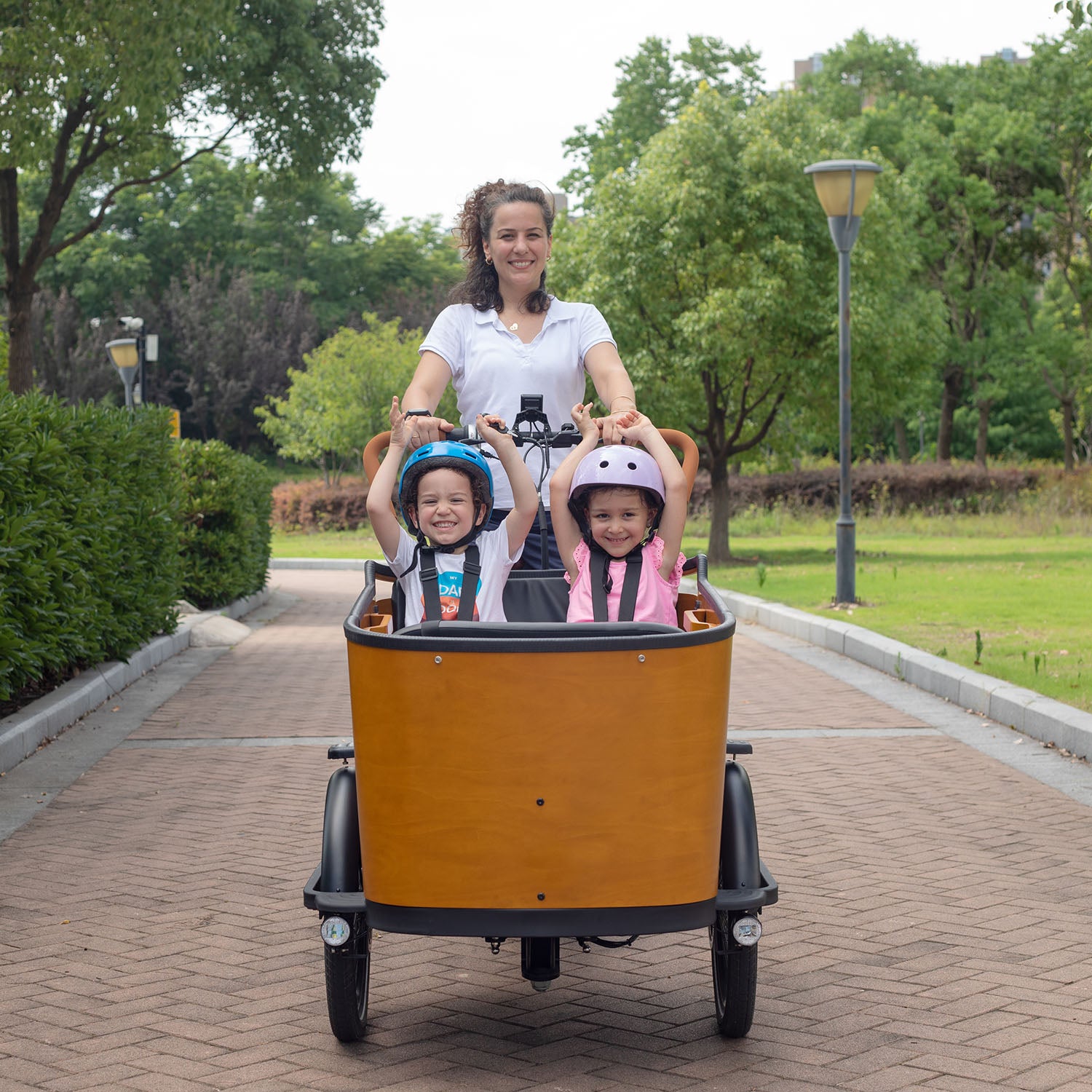
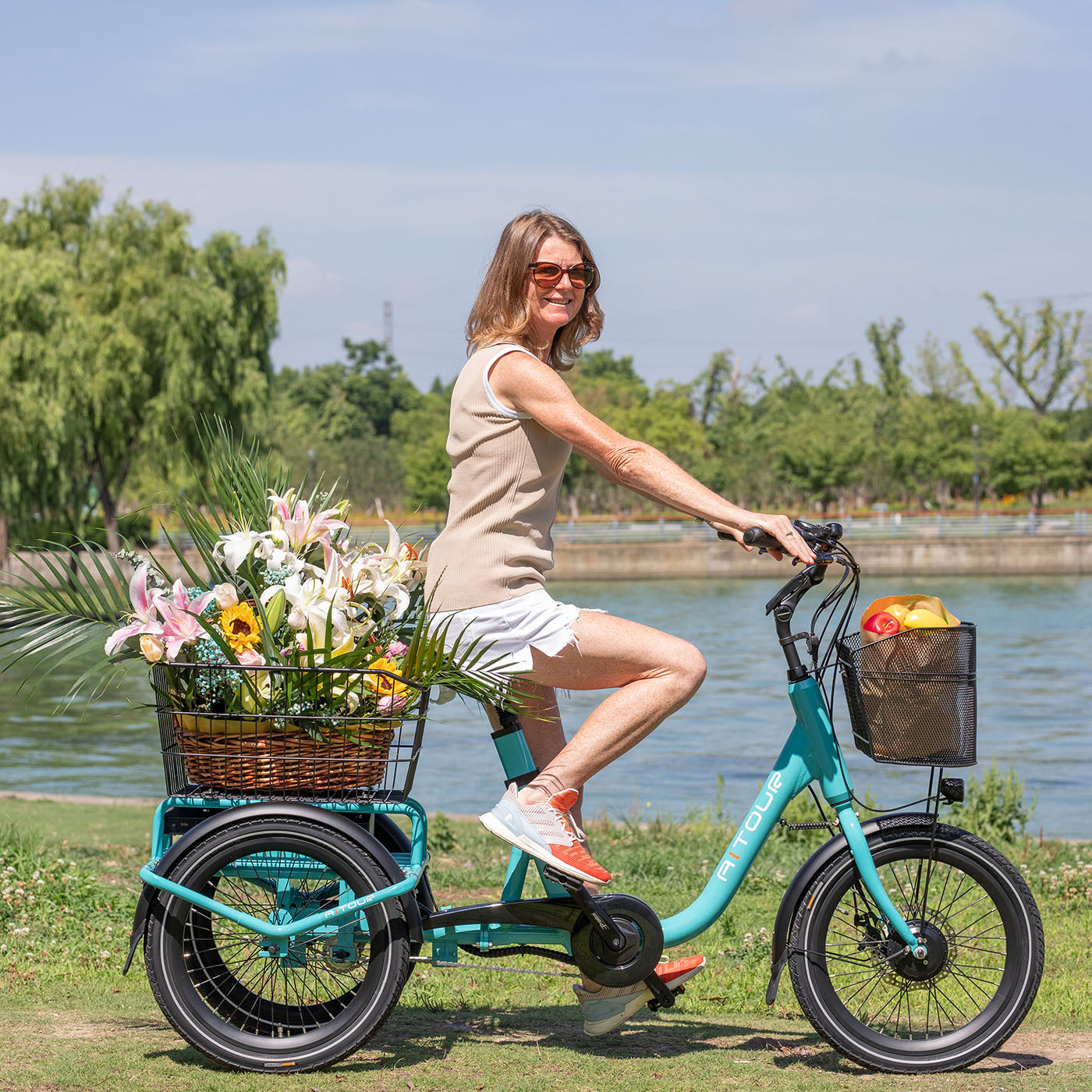
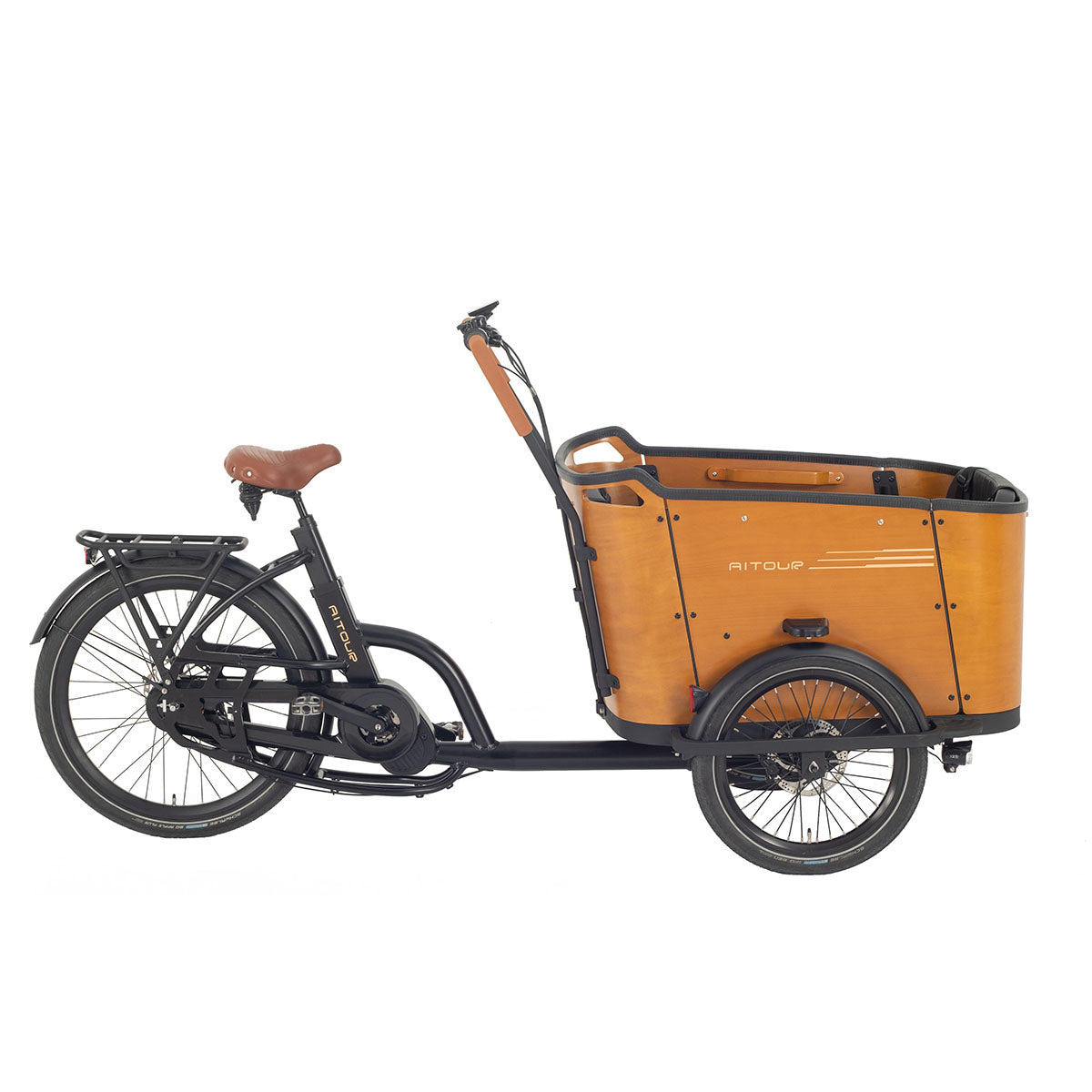
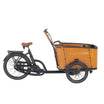
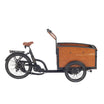
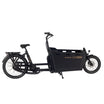
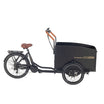
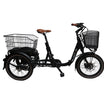
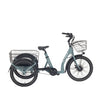
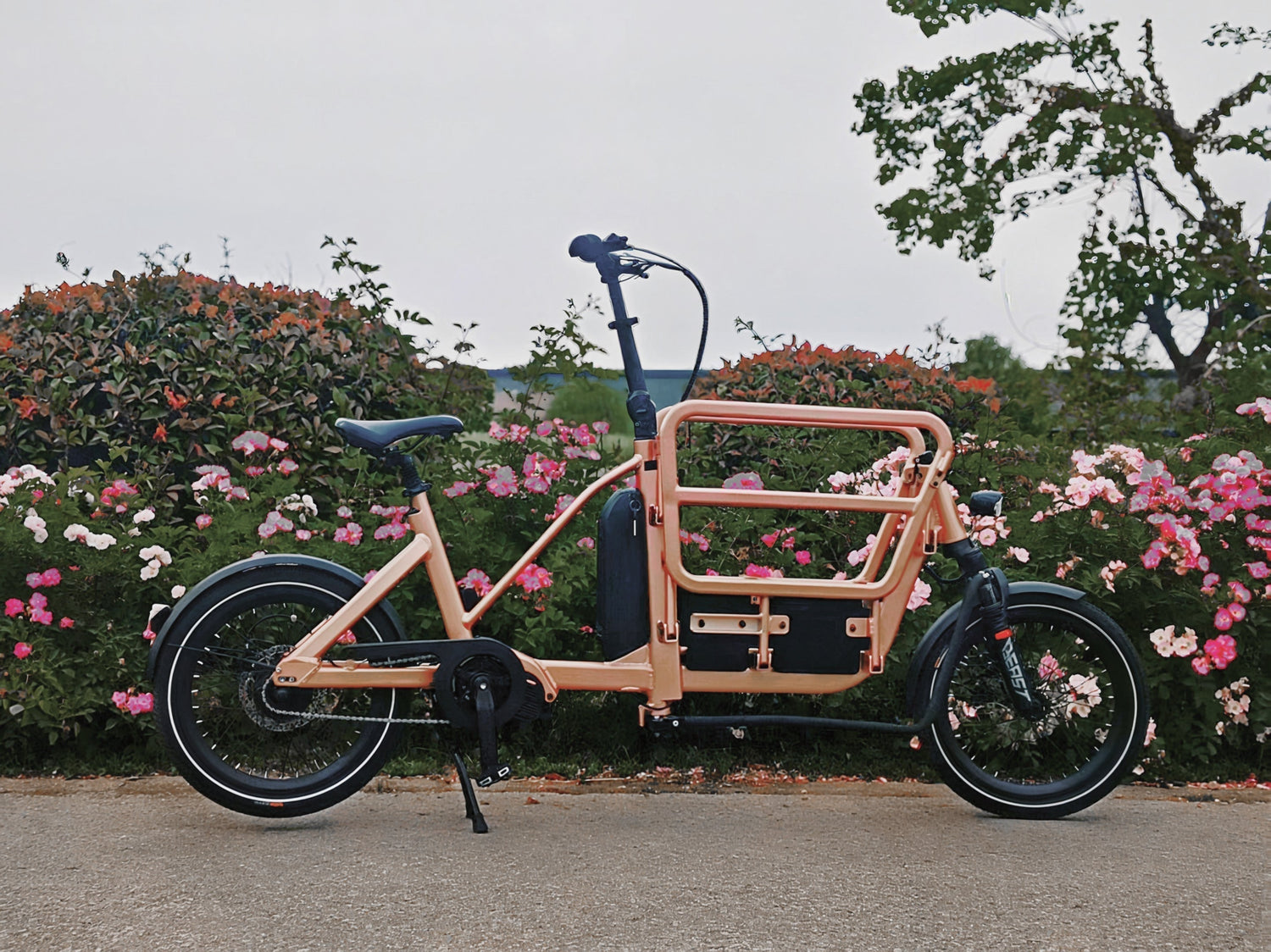

Hinterlasse einen Kommentar
Alle Kommentare werden vor der Veröffentlichung geprüft.
Diese Website ist durch hCaptcha geschützt und es gelten die allgemeinen Geschäftsbedingungen und Datenschutzbestimmungen von hCaptcha.